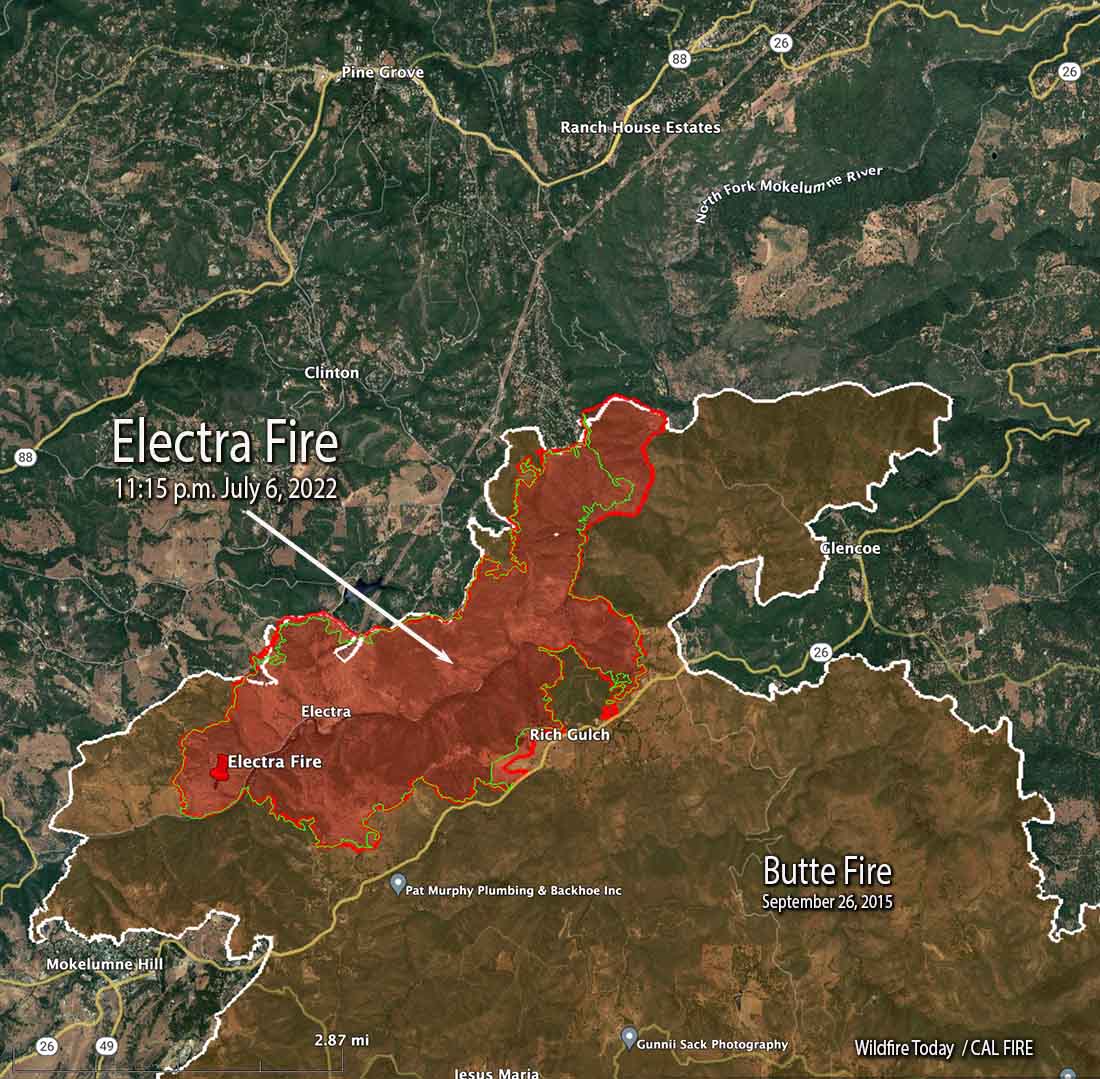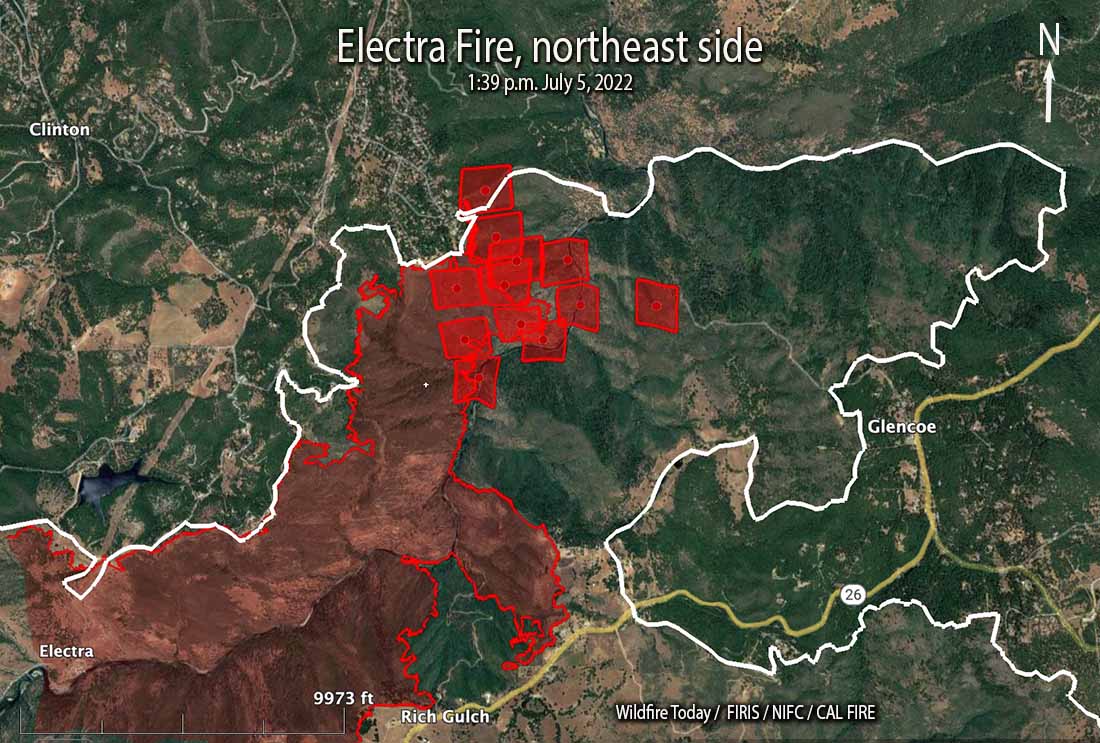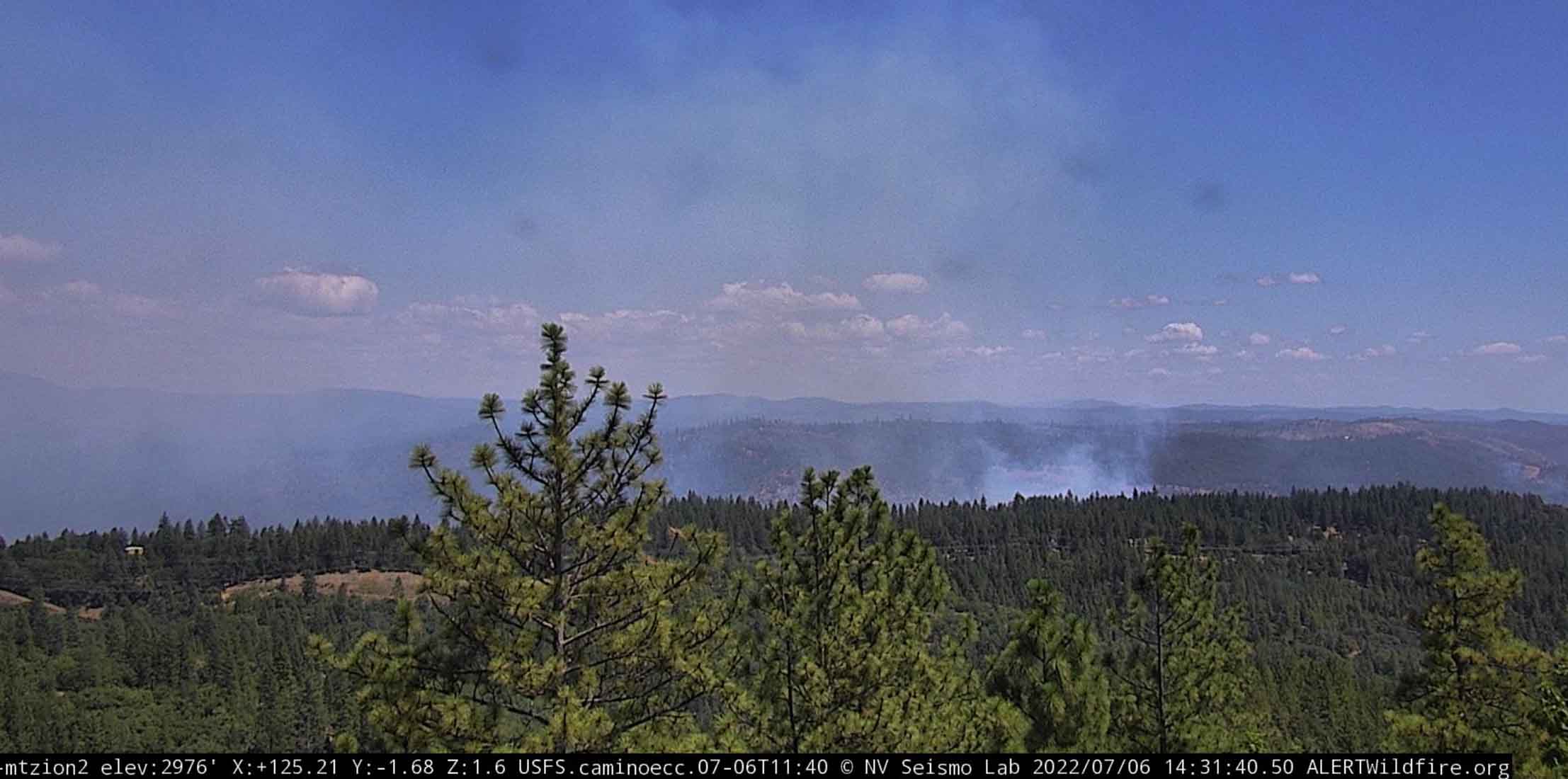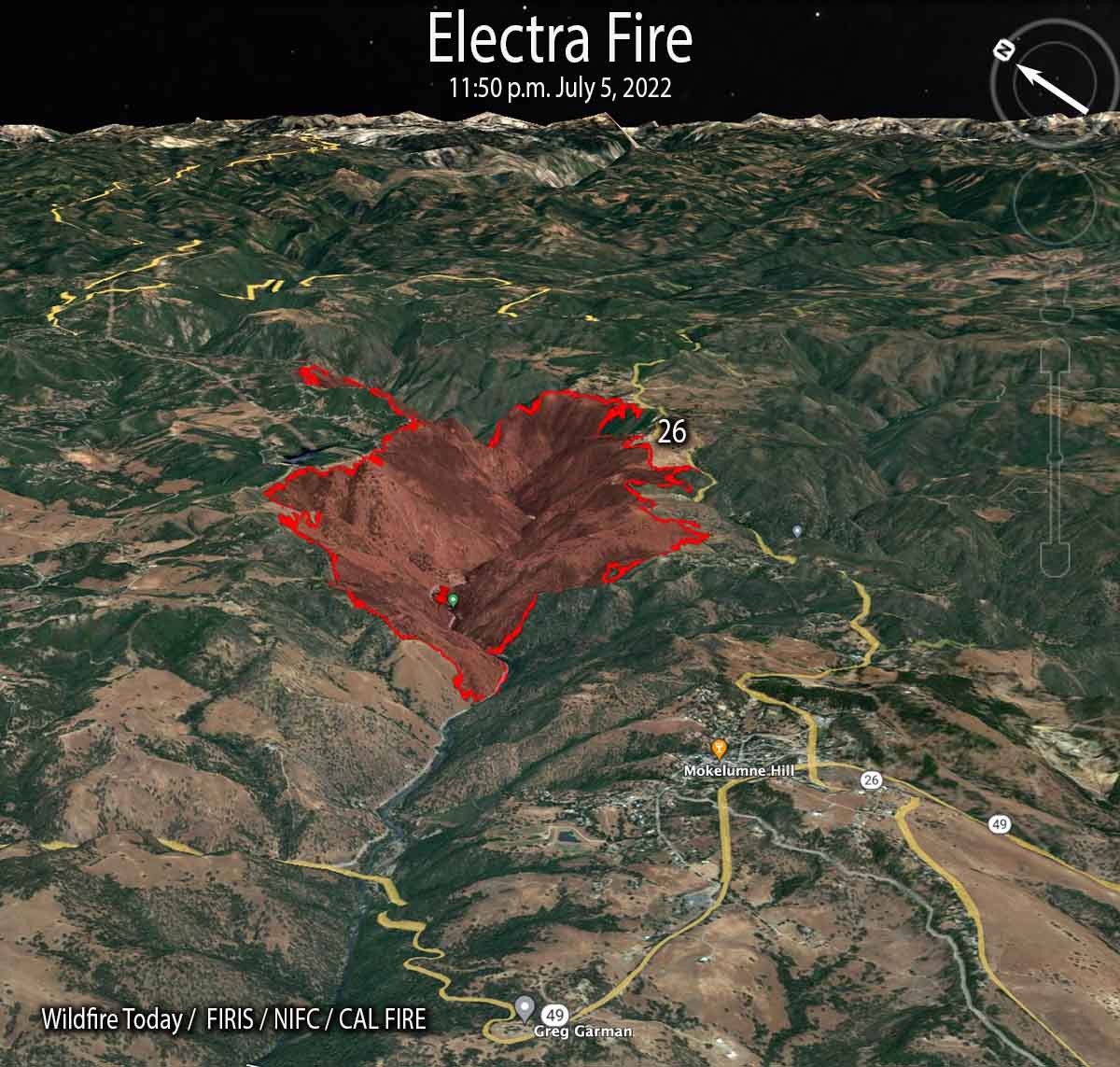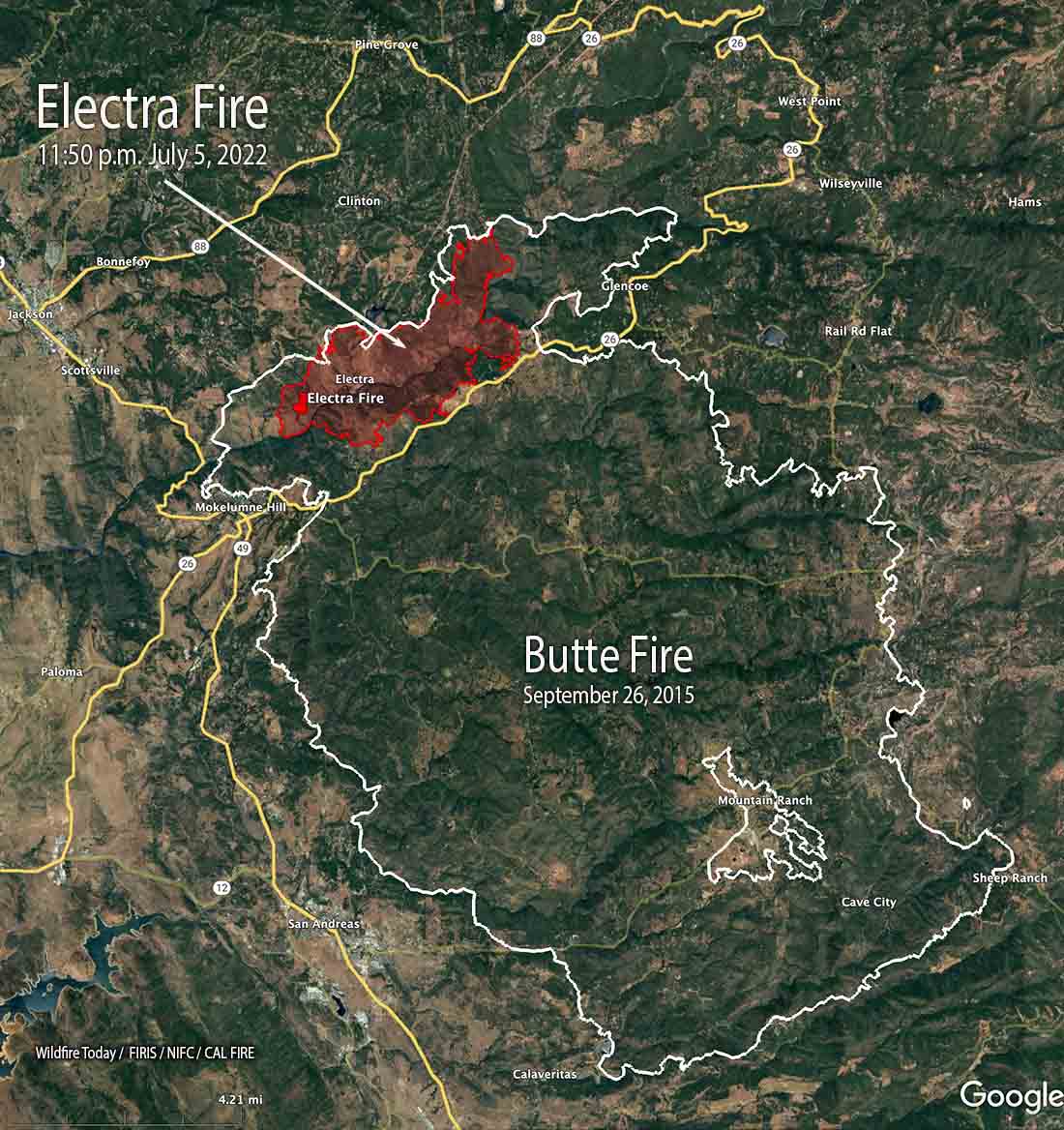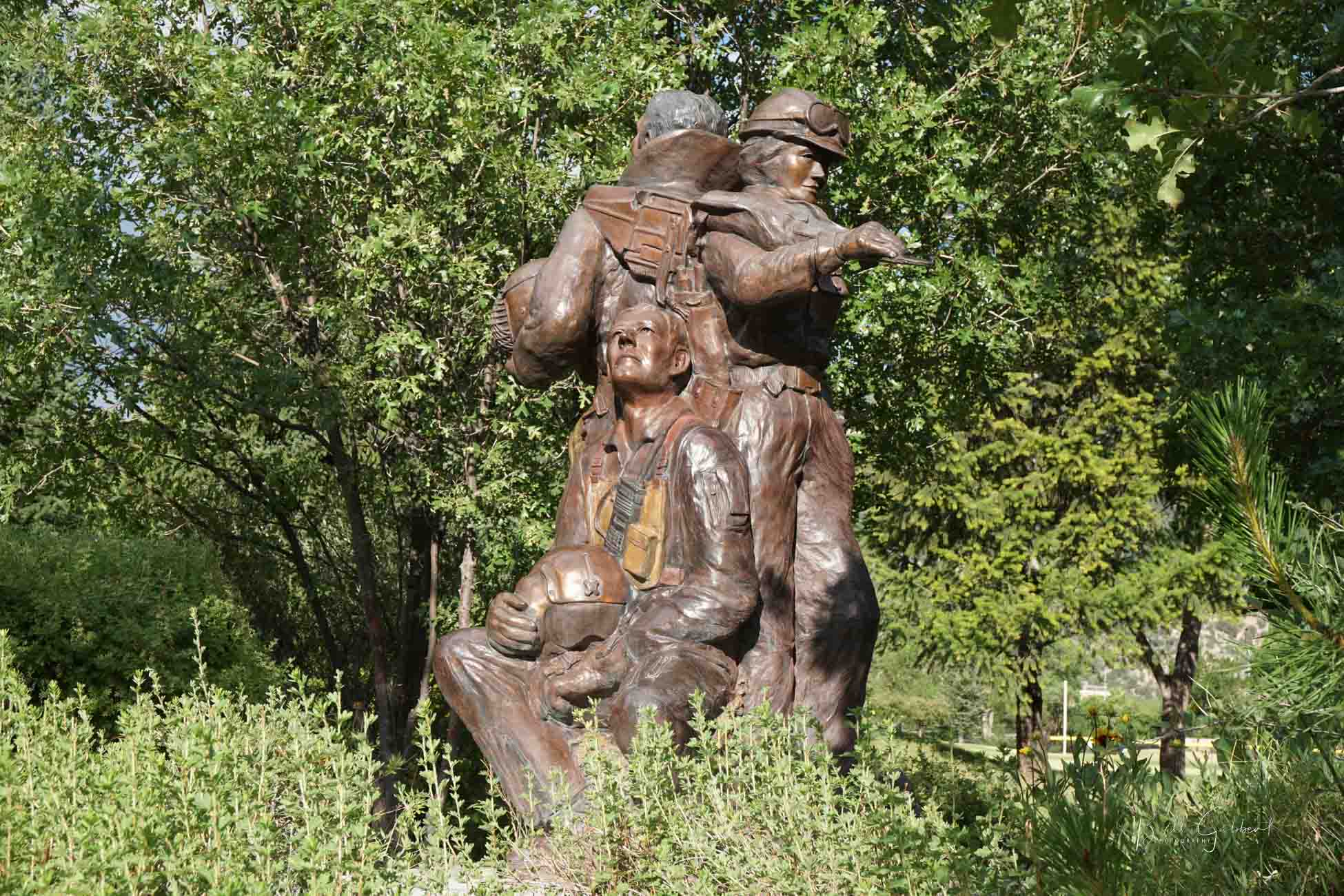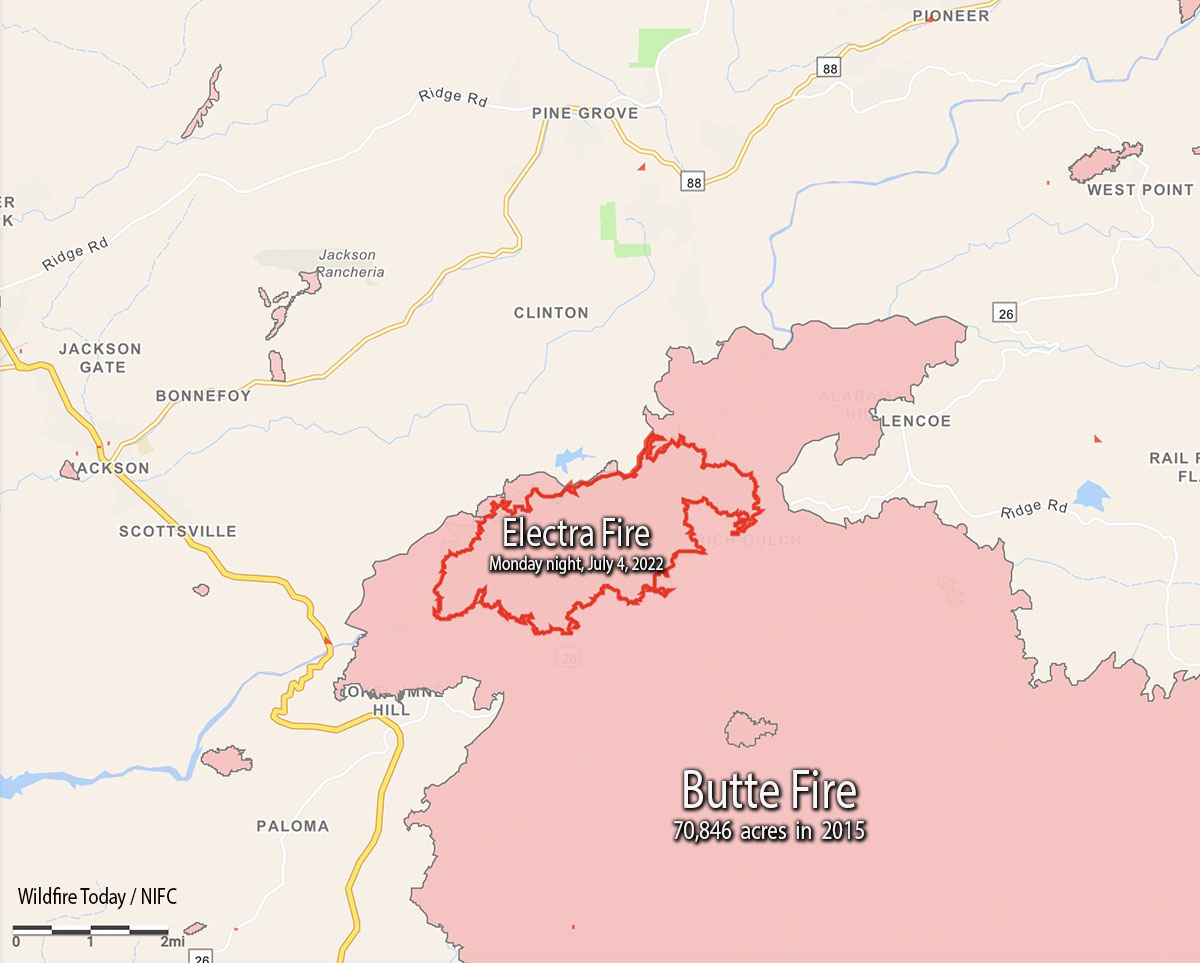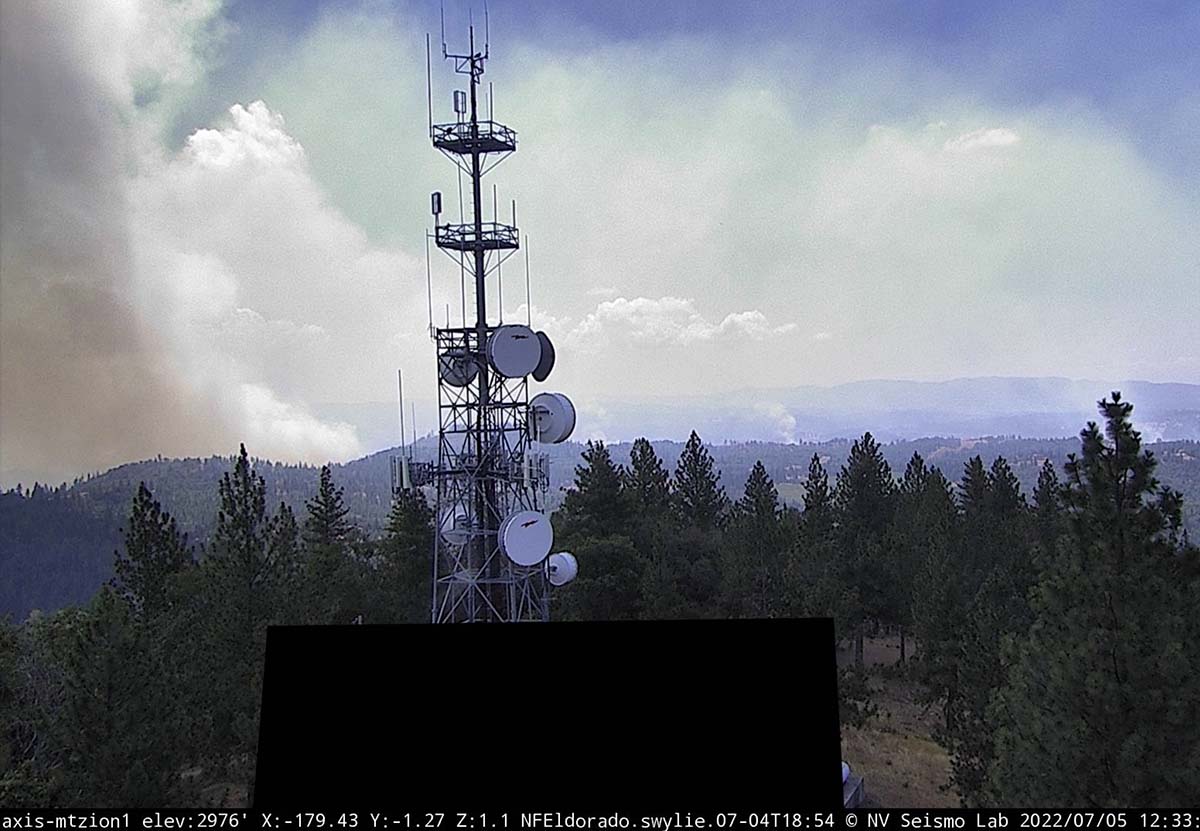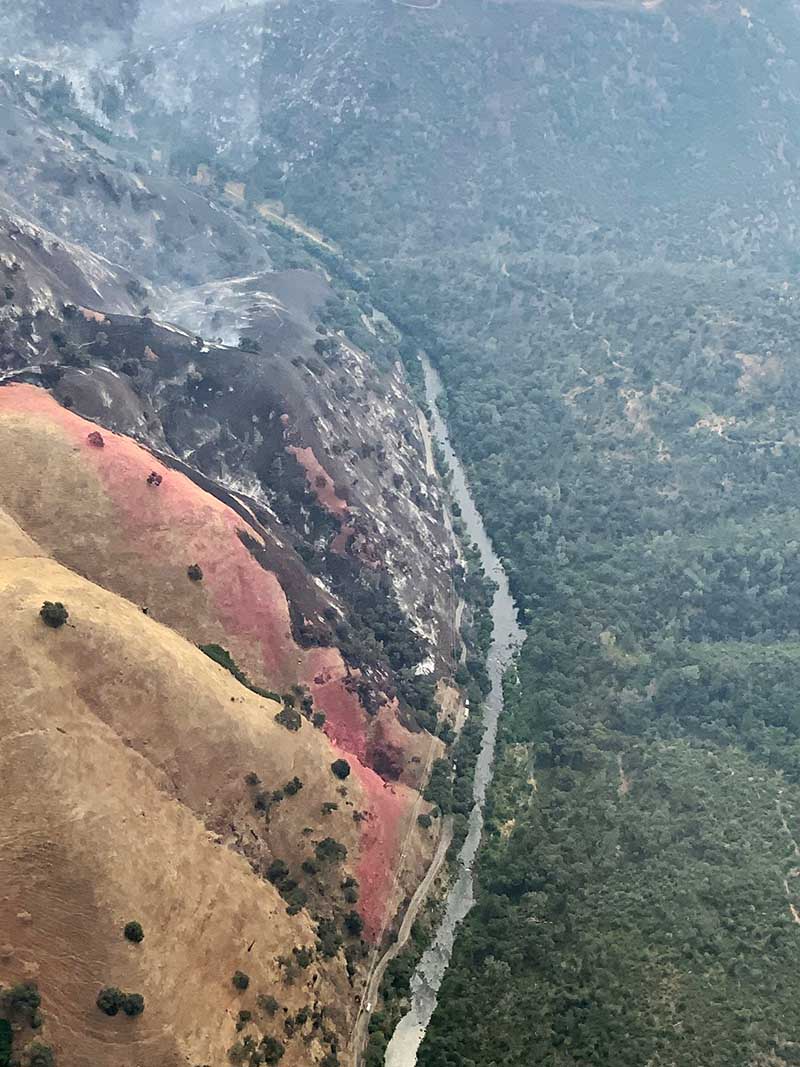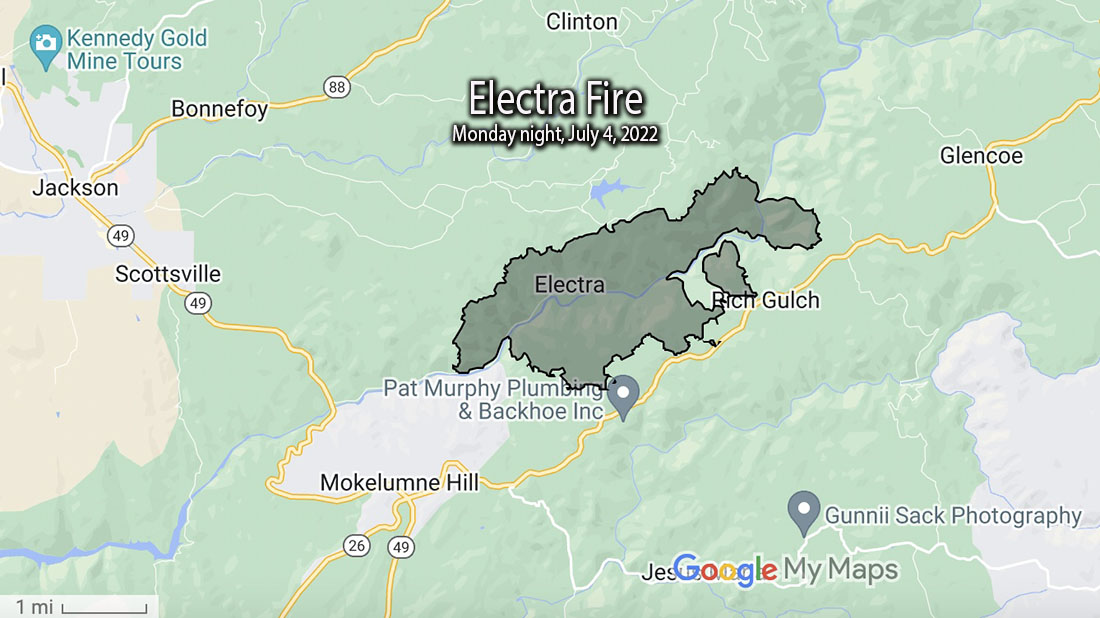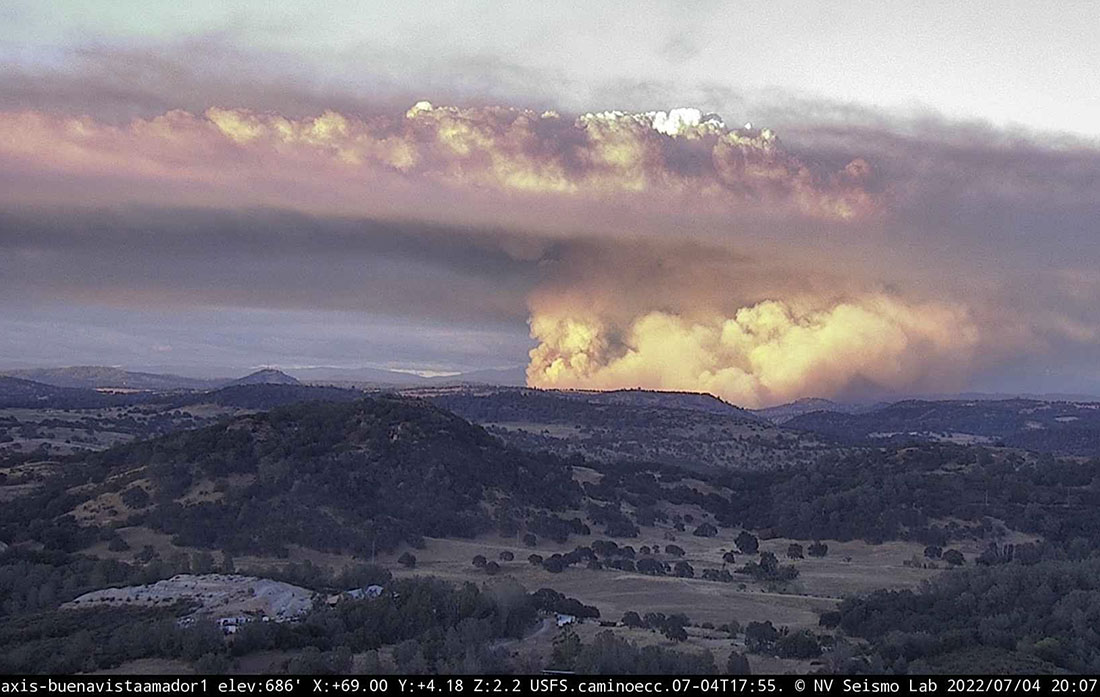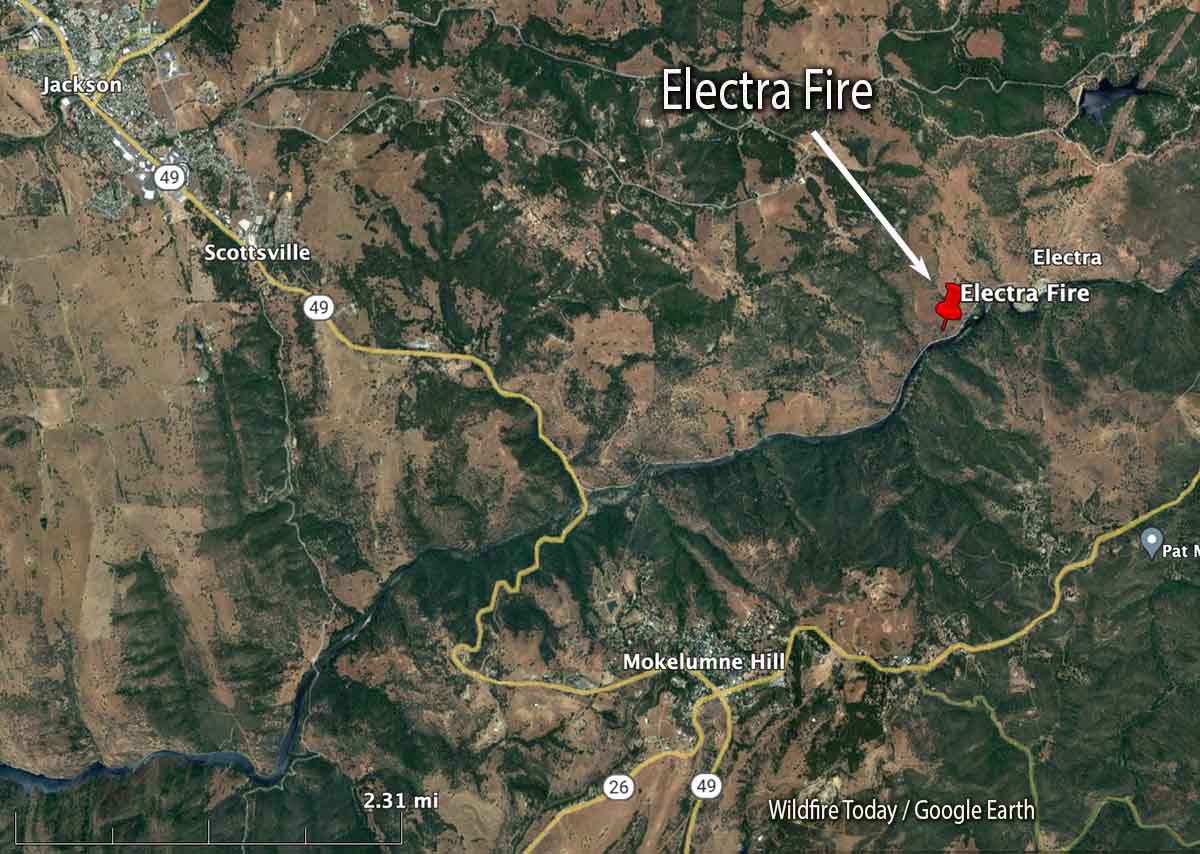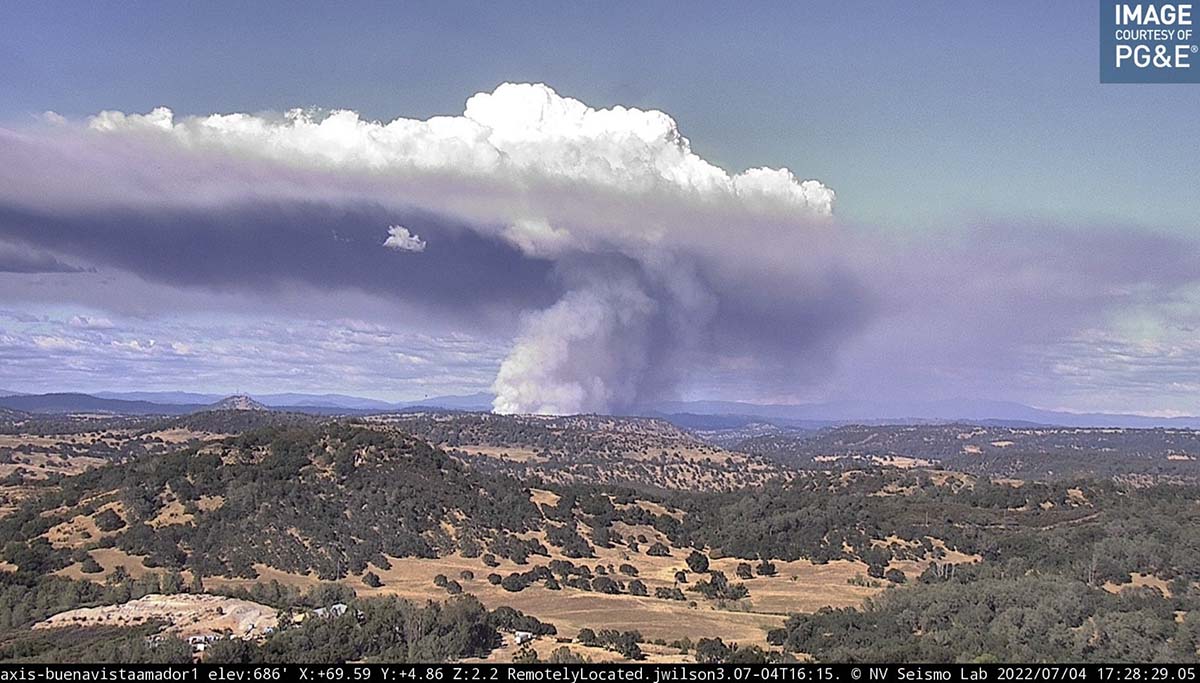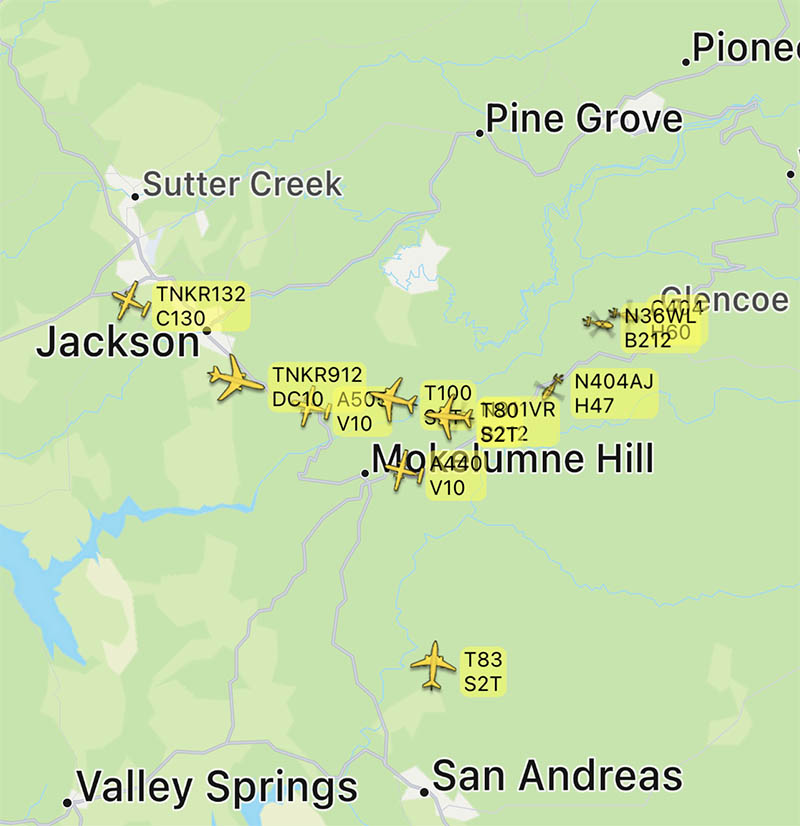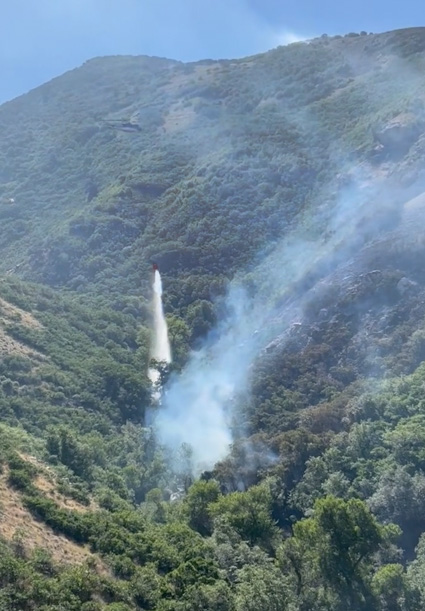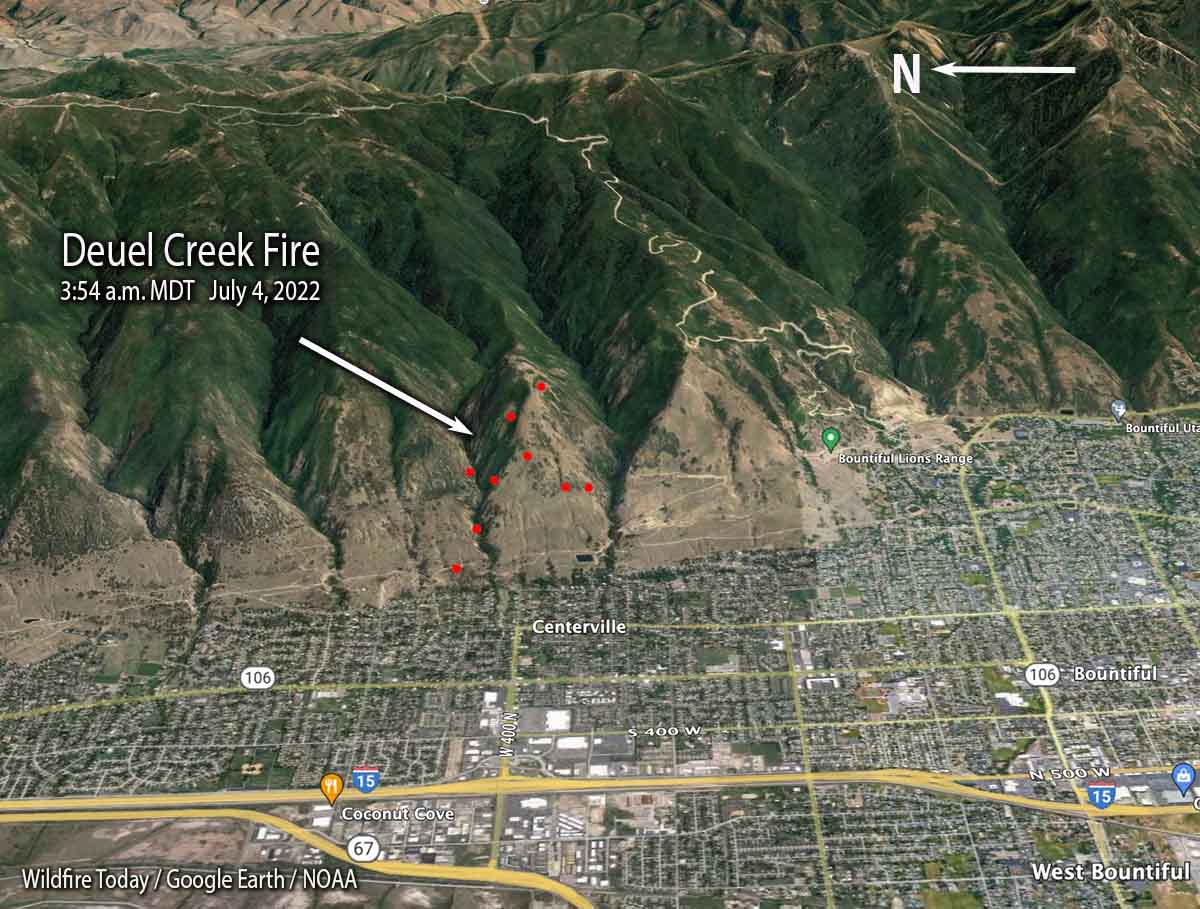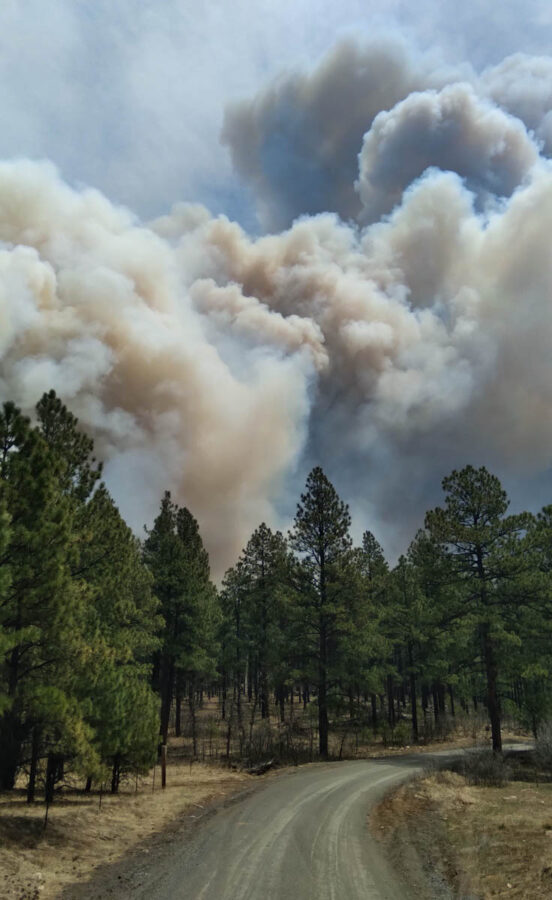
The members of a new Wildland Fire Mitigation and Management Commission were announced today. The group is tasked with recommending federal policies and strategies to more effectively prevent, mitigate, suppress, and manage wildland fires, including the rehabilitation of land affected by wildland fires.
The establishment of the commission was required by the Bipartisan Infrastructure Law, H.R.3684, signed by the President on November 15, 2021, which became Public Law Number 117-58.
More than 500 applications were received, and 36 non-federal members — 18 primary and 18 alternates — were selected. Along with 11 federal members, the commission will be co-chaired by Departments of Agriculture, the Interior, and FEMA leadership. Commission members represent federal agencies, Tribes, state and local municipalities, and private entities, as directed by the Bipartisan Infrastructure Law.
*The selections of the members were made by the co-chairs of the Commission.
A government official who is not authorized to speak publicly on the issue said the makeup of the commission “Has been close hold between fire leadership and intergovernmental affairs. Need to know basis; tighter than budget issues or executive orders.”
The members have their work cut out for them, already up to seven months late on mileposts. Their appointments were to be made no more than 60 days after the date the legislation became law, which works out to January 14, 2022. Their initial meeting was to be held within 30 days after all members have been appointed — no later than February 13, 2022. They are to meet at least once every 30 days, in person or remotely and will serve “without compensation” but can be reimbursed for travel expenses and per diem.
Deliverables
Their assignments, according to the law, fall into two broad categories; here are some of the highlights:
1. Develop recommendations to mitigate and manage wildland fires
By February 13, 2023 develop a report describing recommendations to prevent, mitigate, suppress, and manage wildland fires; consider protection of human life, short- and long-term forest management; wildland-urban interface; utility corridors; rehab after fires; streamlining environmental reviews; and, recommendations for modernizing and expanding the use of technology, including satellite technology, remote sensing, unmanned aircraft systems, and any other type of emerging technology to prevent, mitigate, suppress, and manage wildland fires.
2. Report on aerial wildland firefighting equipment, strategy, and inventory
By March 30, 2022 prepare an inventory of surplus cargo and passenger aircraft that may be used for wildland firefighting purposes.
By June 28, 2022 develop an assessment of the number of aircraft needed to fight wildland fires through 2030. The report will include an assessment of the federal government’s authorities to provide or sell surplus aircraft to Federal, State, or local organizations to be used for wildland firefighting, and, identify any additional authorities that are needed. The Commission is directed to consider all private and public sector options for accessing necessary aircraft and aircraft parts, including procurement, contracting, retrofitting, and public-private partnerships.
Membership (as announced July 7, 2022). The categories of membership and types of expertise were specified by the legislation. For example, “not fewer than one representative from wildland firefighters” was required. That was fulfilled by the selection of Kelly Martin, former Chief of Fire and Aviation at Yosemite National Park, currently president of Grassroots Wildland Firefighters. One of 47. However, other members of the committee presumably have on-the-ground fire experience in the past.
Listed below are the members:
Continue reading “Members announced for Wildland Fire Commission”


